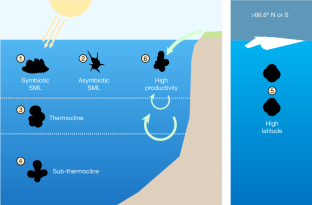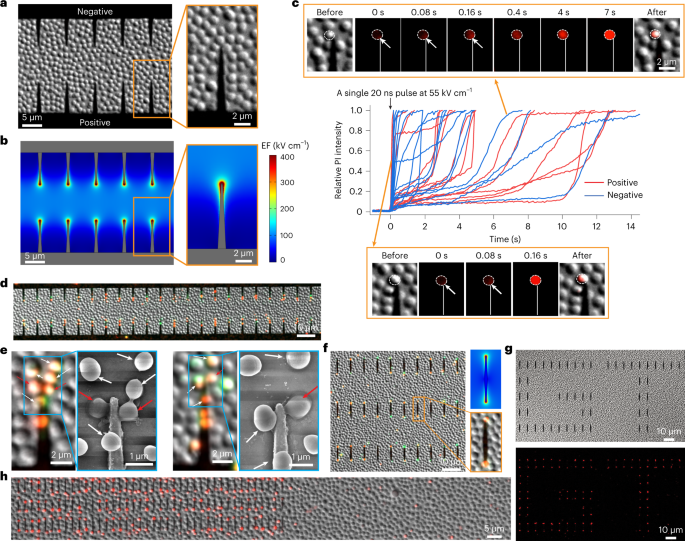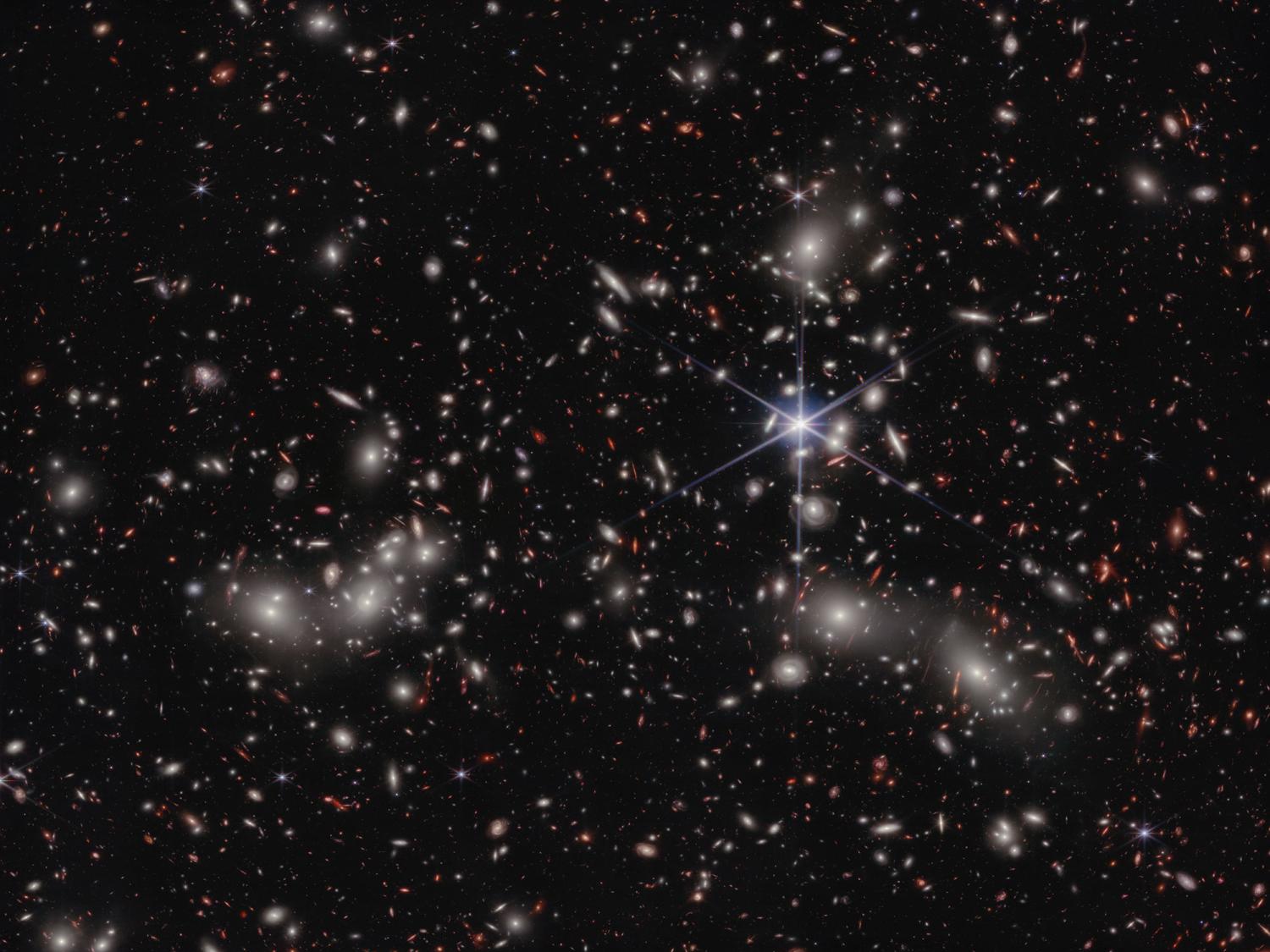2023-02-15 テキサス大学オースチン校(UT Austin)
◆この発見は、急激な海洋温暖化によってプランクトンが熱帯地方から移動し、マグロやビルフィッシュなどの重要な魚類や、それに依存する沿岸地域社会を含む海洋生態系に悪影響を及ぼす可能性があることを懸念させるものである。この研究は、学術誌『Nature』に掲載されました。
◆微化石を用いて有孔虫と呼ばれる動物プランクトンのグループの歴史を追跡したところ、地球が最後にこれほど暖かくなった時期(800万年前に地球規模の冷却が始まる直前)には、熱帯のプランクトンの集団が現在と2,000マイル以上離れた海域に生息していたことが判明しました。過去800万年の自然冷却によって熱帯地方に生息していたプランクトンが、過去100年の気候変動によって逆転してしまったのです。
◆この研究のために、研究者たちは55年間の科学的な海洋掘削の間に集められた、この種のものとしては最大規模となる50万個の微化石のデータベースを分析しました。貝殻の化石は、そのプランクトンがいつどこに生息していたか、生息域の深さ、周囲の海の状況などを示しています。
◆科学者たちはこれらの情報をグループ分けし、過去の気候変動の地質学的記録と一緒に分析しました。その結果、800万年前に地球が冷え始めると、プランクトンの種類は赤道方向に押し出されることがわかった。現代に至るまで、最も多様なプランクトンの集団は熱帯地方に移動し、現代の極地は一部の特殊な種を除いて、あまりにも過酷な環境となった。
◆研究者らはデータを分析する際、Twitterのような社会構造の調査でよく知られている手法を用い、プランクトンの進化、生息地、気候変動の間のつながりを深い時間軸で明らかにしました。ネットワーク解析は、社会学で社会的相互作用や友人関係を調べるために開発された手法だが、生態学や環境科学の分野でも利用が進んでおり、気候変動による最悪の影響を軽減するための行動に役立つ可能性があるとSwain教授は述べている。
◆プランクトンデータベース「Triton」は、リーズ大学とオックスフォード大学で開発され、2021年に発表されました。
<関連情報>
- https://news.utexas.edu/2023/02/15/climate-change-could-cause-mass-exodus-of-tropical-plankton/
- https://www.nature.com/articles/s41586-023-05694-5
新生代後半の冷却が地球上の海洋プランクトン群集を再編成した Late Cenozoic cooling restructured global marine plankton communities
Adam Woodhouse,Anshuman Swain,William F. Fagan,Andrew J. Fraass & Christopher M. Lowery
Nature Published:15 February 2023
DOI:https://doi.org/10.1038/s41586-023-05694-5

Abstract
The geographic ranges of marine organisms, including planktonic foraminifera1, diatoms, dinoflagellates2, copepods3 and fish4, are shifting polewards owing to anthropogenic climate change5. However, the extent to which species will move and whether these poleward range shifts represent precursor signals that lead to extinction is unclear6. Understanding the development of marine biodiversity patterns over geological time and the factors that influence them are key to contextualizing these current trends. The fossil record of the macroperforate planktonic foraminifera provides a rich and phylogenetically resolved dataset that provides unique opportunities for understanding marine biogeography dynamics and how species distributions have responded to ancient climate changes. Here we apply a bipartite network approach to quantify group diversity, latitudinal specialization and latitudinal equitability for planktonic foraminifera over the past eight million years using Triton, a recently developed high-resolution global dataset of planktonic foraminiferal occurrences7. The results depict a global, clade-wide shift towards the Equator in ecological and morphological community equitability over the past eight million years in response to temperature changes during the late Cenozoic bipolar ice sheet formation. Collectively, the Triton data indicate the presence of a latitudinal equitability gradient among planktonic foraminiferal functional groups which is coupled to the latitudinal biodiversity gradient only through the geologically recent past (the past two million years). Before this time, latitudinal equitability gradients indicate that higher latitudes promoted community equitability across ecological and morphological groups. Observed range shifts among marine planktonic microorganisms1,2,8 in the recent and geological past suggest substantial poleward expansion of marine communities even under the most conservative future global warming scenarios.



